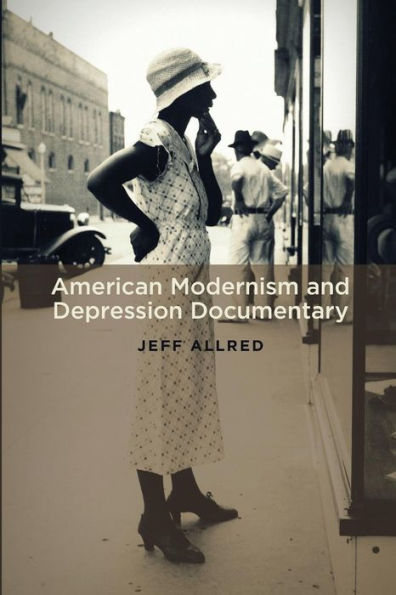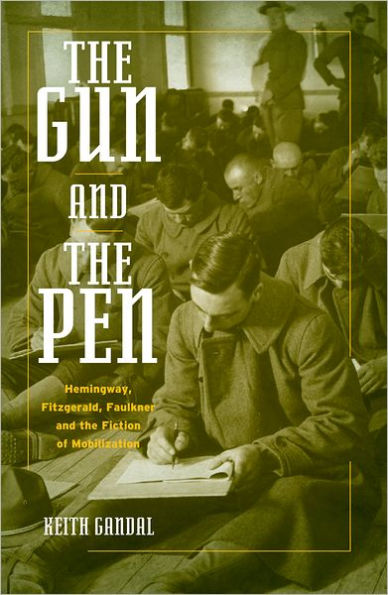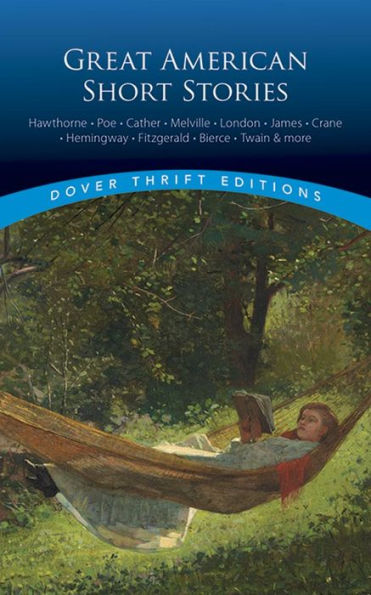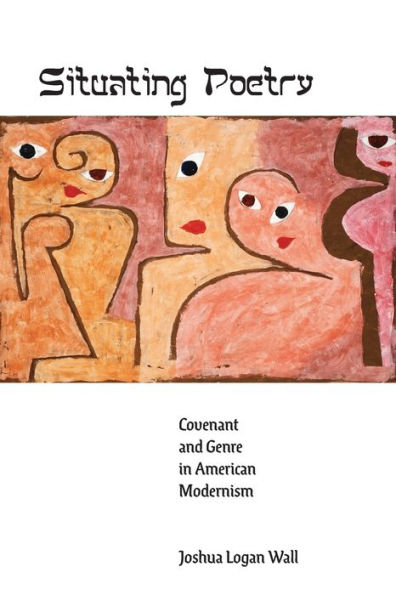Home
Chicago and the Making of American Modernism: Cather, Hemingway, Faulkner, Fitzgerald Conflict
Barnes and Noble
Chicago and the Making of American Modernism: Cather, Hemingway, Faulkner, Fitzgerald Conflict
Current price: $150.00
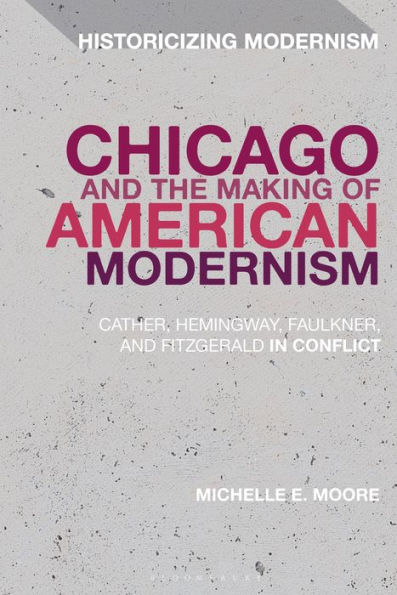

Barnes and Noble
Chicago and the Making of American Modernism: Cather, Hemingway, Faulkner, Fitzgerald Conflict
Current price: $150.00
Size: Hardcover
Loading Inventory...
*Product information may vary - to confirm product availability, pricing, shipping and return information please contact Barnes and Noble
Chicago and the Making of American Modernism
is the first full-length study of the vexed relationship between America's great modernist writers and the nation's "second city." Michelle E. Moore explores the ways in which the defining writers of the era-Willa Cather, Ernest Hemingway, William Faulkner and F. Scott Fitzgerald-engaged with the city and reacted against the commercial styles of "Chicago realism" to pursue their own, European-influenced mode of modernist art. Drawing on local archives to illuminate the literary culture of early 20th-century Chicago, this book reveals an important new dimension to the rise of American modernism.
is the first full-length study of the vexed relationship between America's great modernist writers and the nation's "second city." Michelle E. Moore explores the ways in which the defining writers of the era-Willa Cather, Ernest Hemingway, William Faulkner and F. Scott Fitzgerald-engaged with the city and reacted against the commercial styles of "Chicago realism" to pursue their own, European-influenced mode of modernist art. Drawing on local archives to illuminate the literary culture of early 20th-century Chicago, this book reveals an important new dimension to the rise of American modernism.
